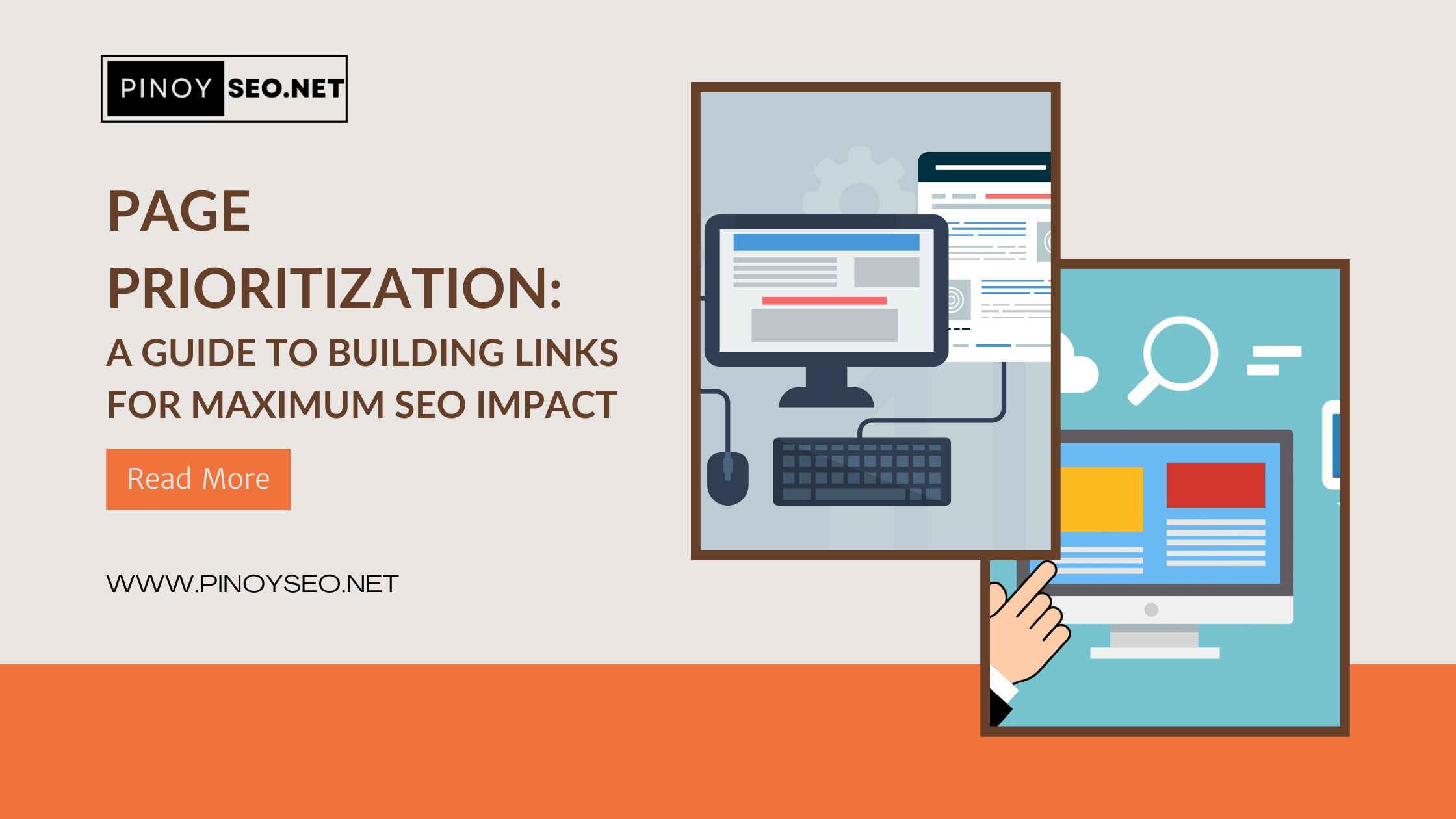In the ever-evolving landscape of SEO, mastering the art of link building is crucial for achieving maximum impact and visibility in search engine rankings. One of the key elements often overlooked is Page Prioritization. This comprehensive guide aims to unravel the intricacies of prioritizing pages for link building to ensure your SEO efforts yield optimal results.
Introduction
In the realm of SEO, links are the backbone of authority and visibility. However, not all pages on a website hold equal weight in the eyes of search engines. Page Prioritization involves strategically selecting and prioritizing pages for link building, focusing on those that contribute most significantly to your overall SEO goals.
Why Page Prioritization Matters
1. Maximizing SEO Impact
Prioritizing key pages ensures that the link equity gained from external sources is directed towards the most critical areas of your site, amplifying the overall SEO impact.
2. Relevance and Context
Linking relevant pages ensures that the context of the link aligns seamlessly with the content, providing a more natural and meaningful user experience.
3. Strategic Keyword Targeting
By prioritizing pages associated with high-value keywords, you strategically align your link building efforts with your target audience’s search intent.
Identifying High-Priority Pages
1. Top-Performing Content
Conduct an in-depth analysis of your site analytics to identify pages with the highest engagement, conversions, and overall performance.
2. Keyword Relevance
Prioritize pages that align with your primary and secondary target keywords. This ensures that your link building efforts are reinforcing your keyword strategy.
3. Conversion Funnels
Pages within your conversion funnels, such as product pages or lead generation forms, should be given priority to maximize the impact on your business goals.
Crafting a Page Prioritization Strategy
1. Content Silos
Group related content into silos and prioritize building links to the pillar pages within each silo. This strengthens the topical authority of your site.
2. Internal Linking Structure
Enhance your internal linking structure to guide search engines and users towards prioritized pages, signaling their importance.
3. Competitor Analysis
Analyze the link profiles of your competitors. Prioritize pages that are attracting high-quality links in your industry.
Link Building Techniques for Prioritized Pages
1. Outreach Campaigns
Engage in targeted outreach campaigns to acquire high-authority backlinks for your prioritized pages. Build relationships with influencers and authoritative sites within your niche.
2. Content Marketing
Create compelling, shareable content for your prioritized pages. This not only attracts natural backlinks but also establishes your pages as valuable resources within your industry.
3. Social Signals
Leverage social media platforms to promote your prioritized pages. Social signals can indirectly influence search engine rankings.
Monitoring and Iterating
1. Performance Tracking
Continuously monitor the performance of your prioritized pages in search engine rankings, traffic, and conversions.
2. Adaptation
Stay agile in your approach. If you observe shifts in user behavior or industry trends, be ready to adapt your page prioritization strategy accordingly.
In the intricate dance of SEO, where every move can impact your website’s visibility, Page Prioritization emerges as a guiding principle. By strategically selecting and building links to high-priority pages, you can navigate the competitive landscape and propel your site to new heights in search engine rankings. Remember, in SEO, precision and relevance trump quantity – quality links to the right pages will leave your competitors in the digital rearview mirror.


